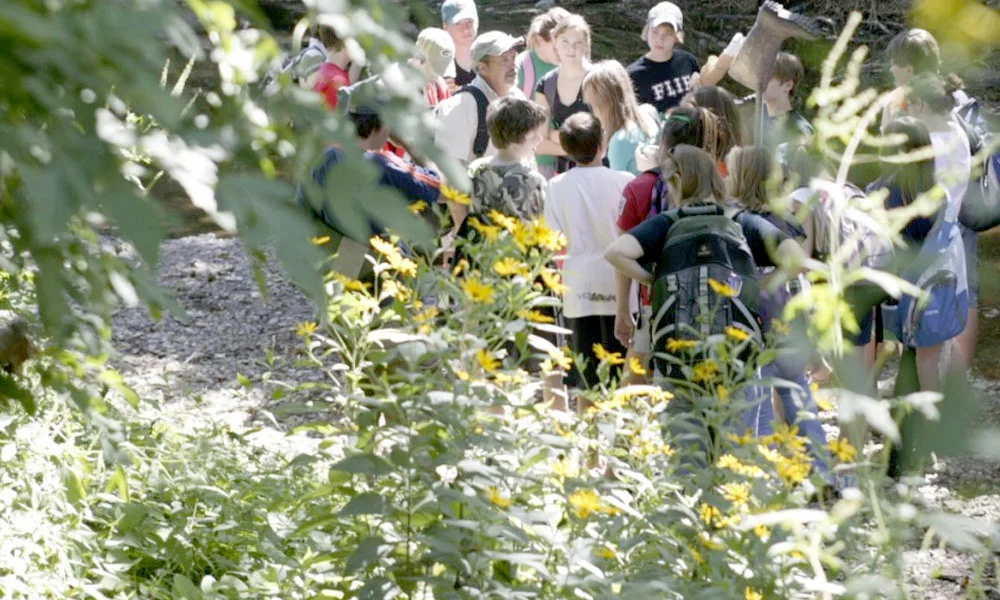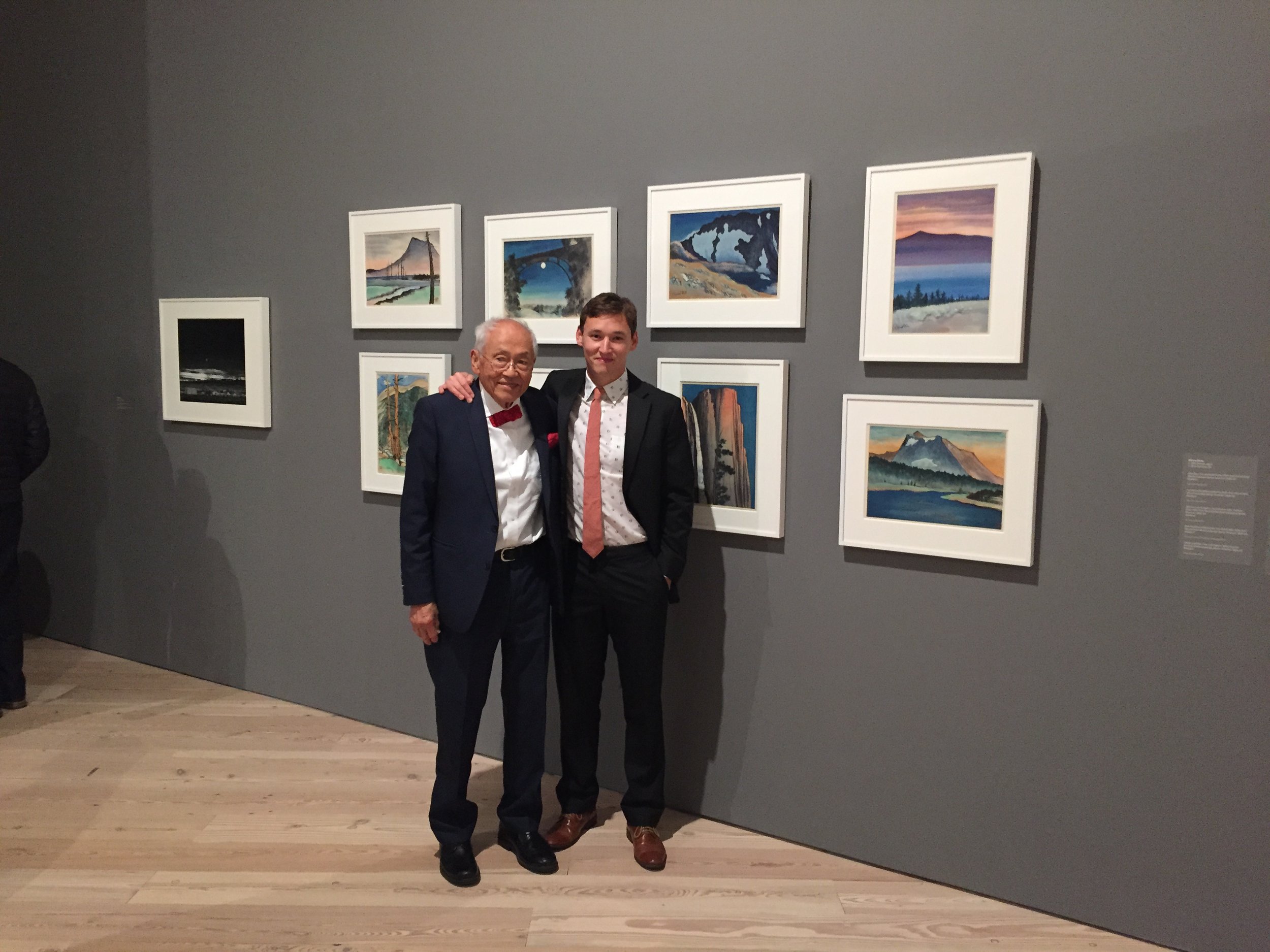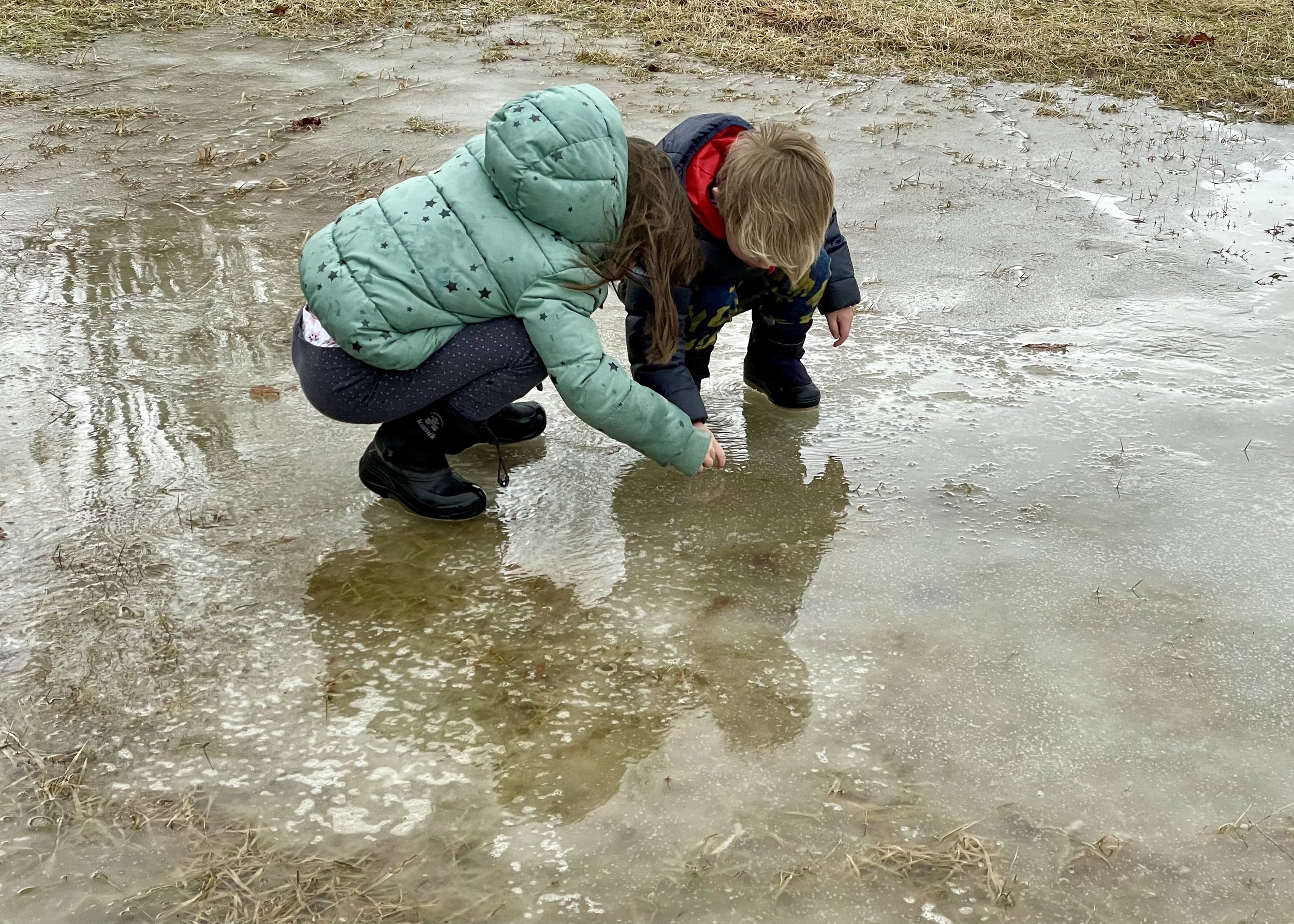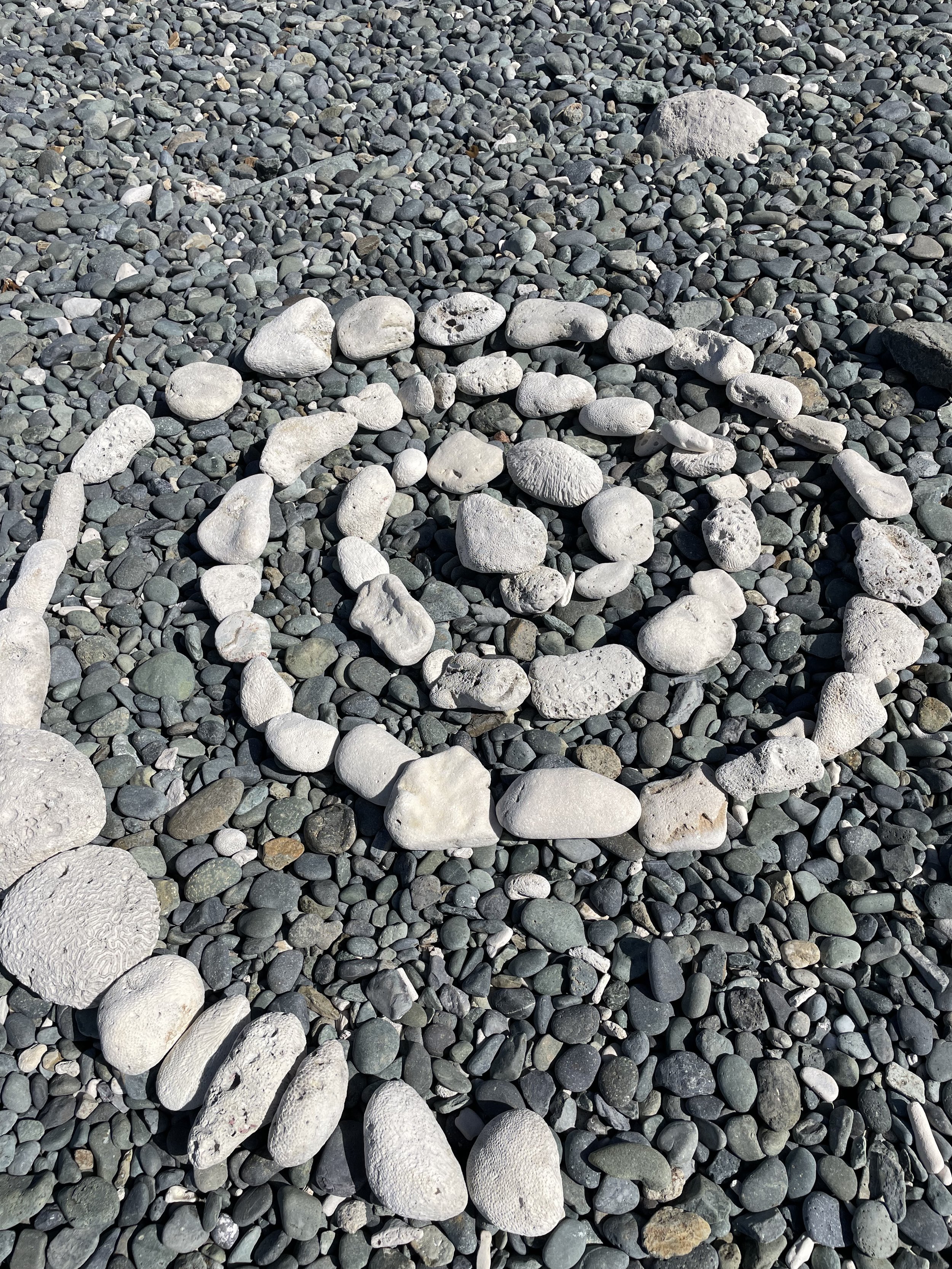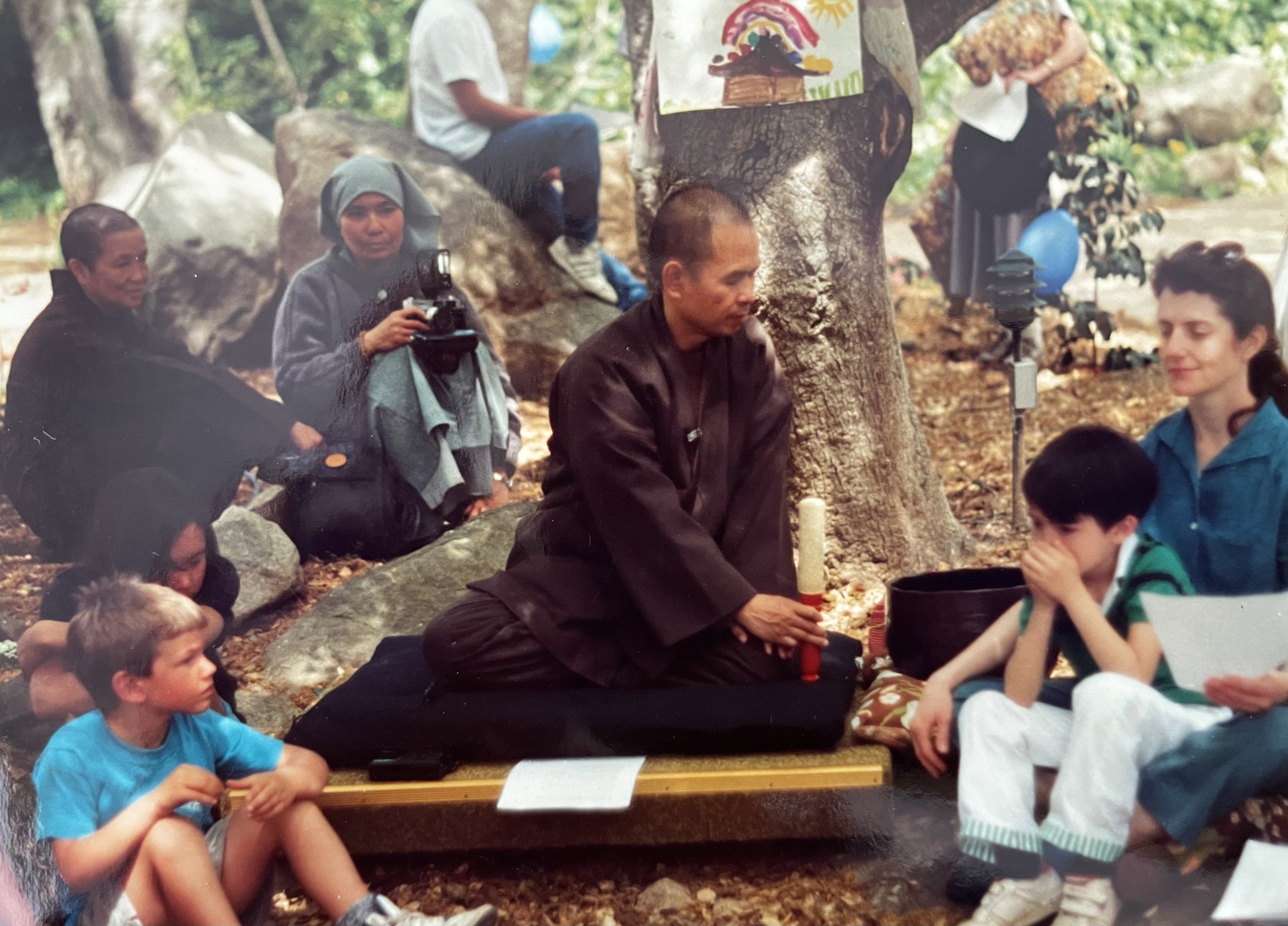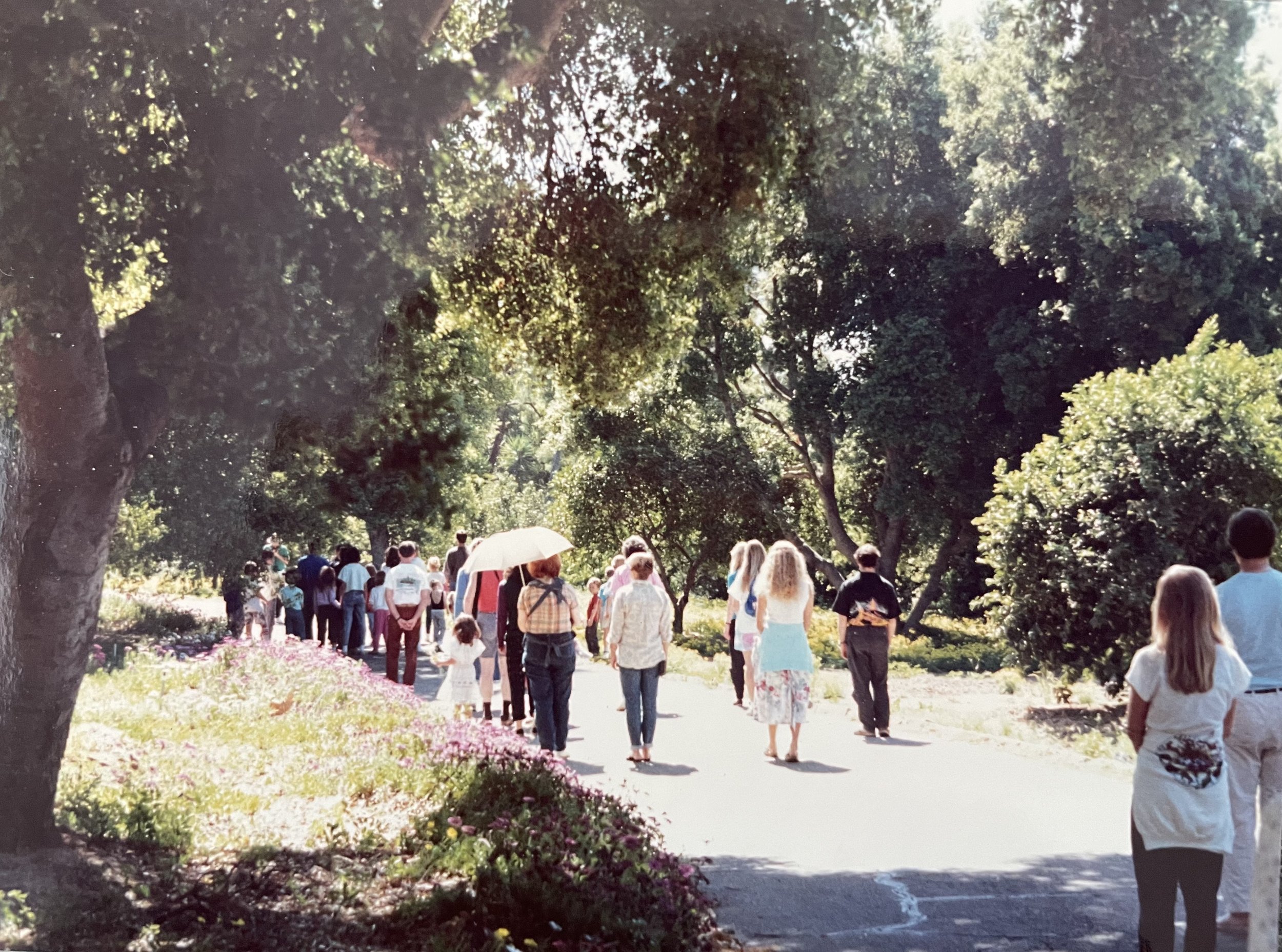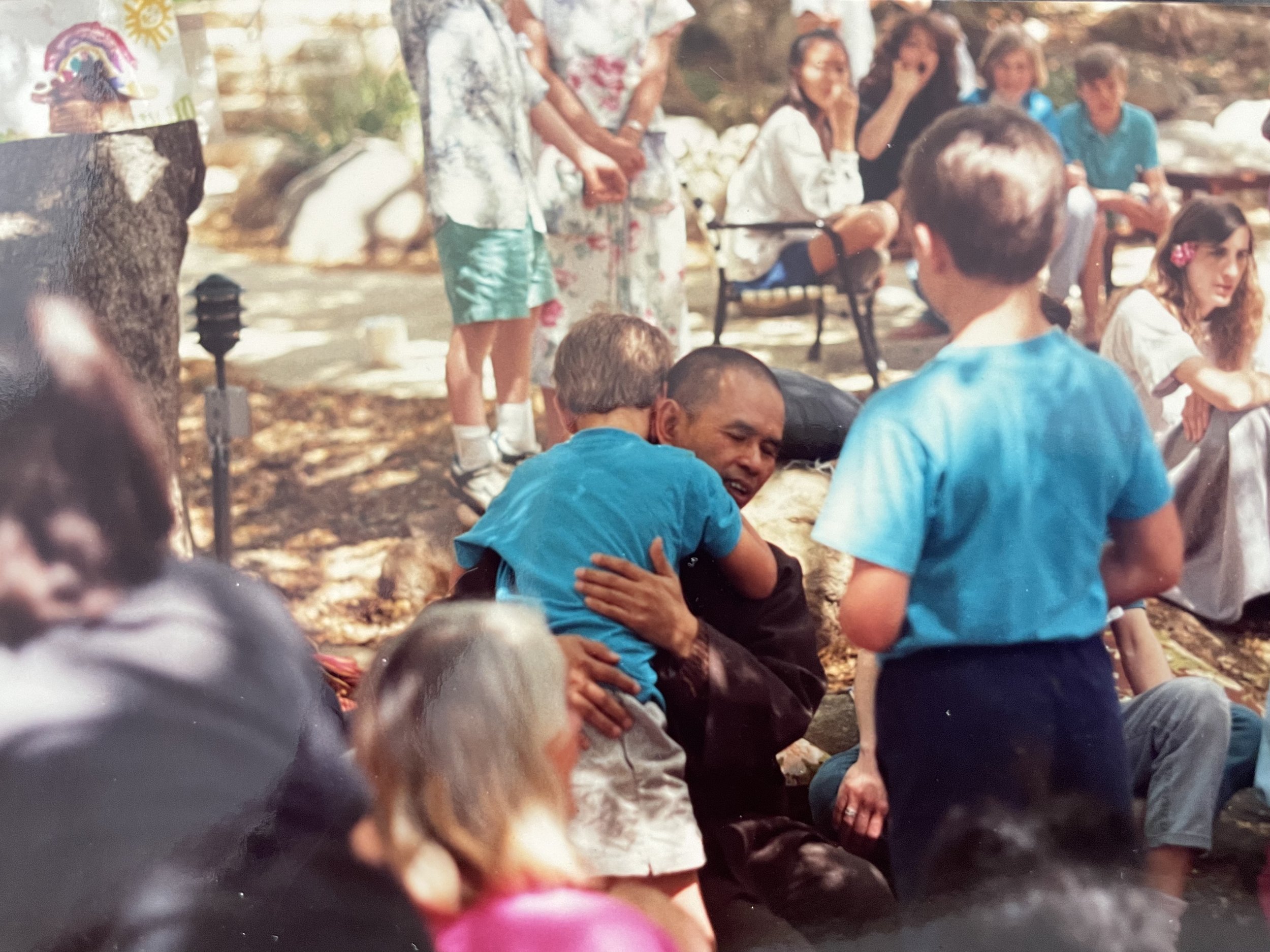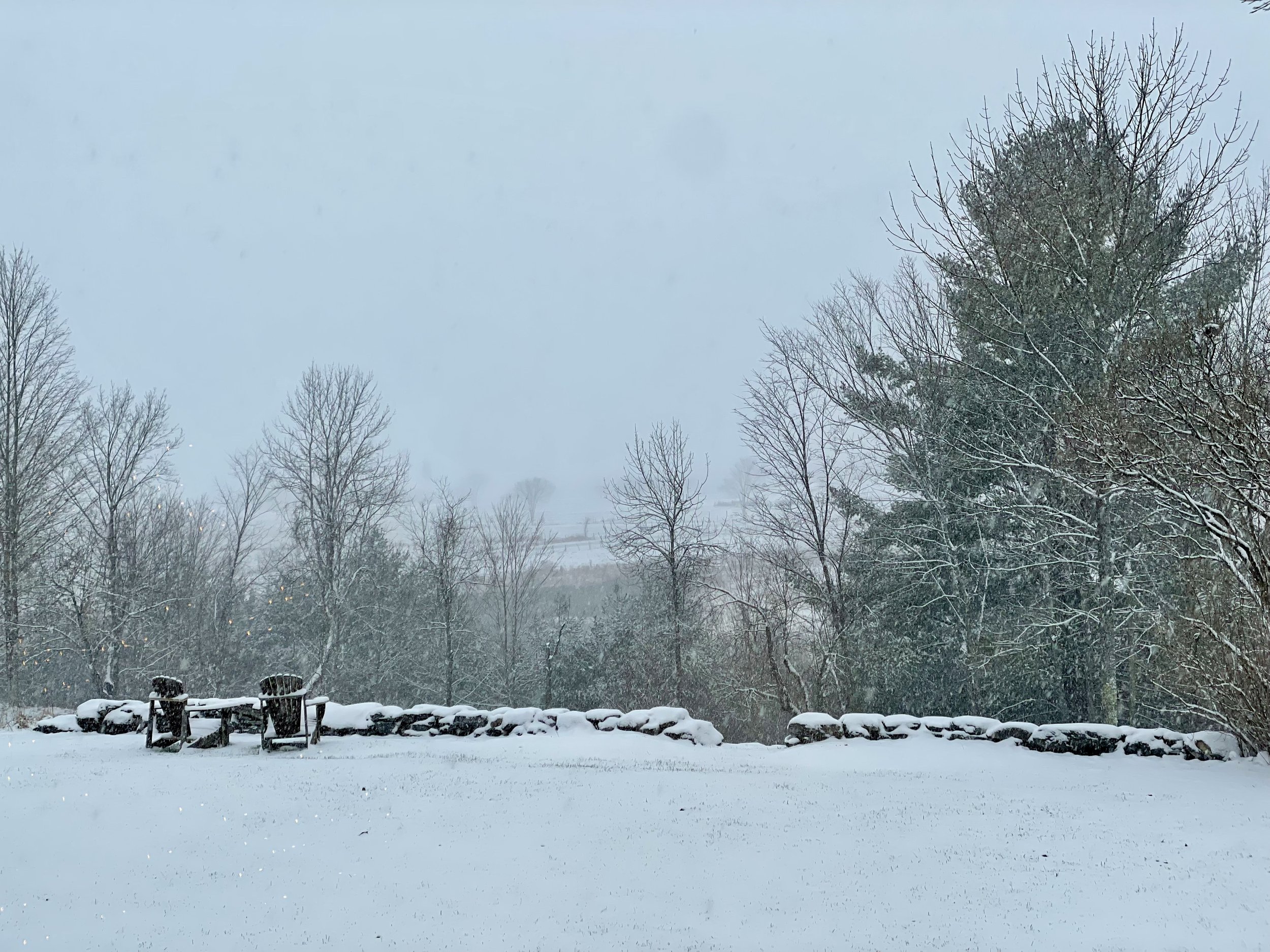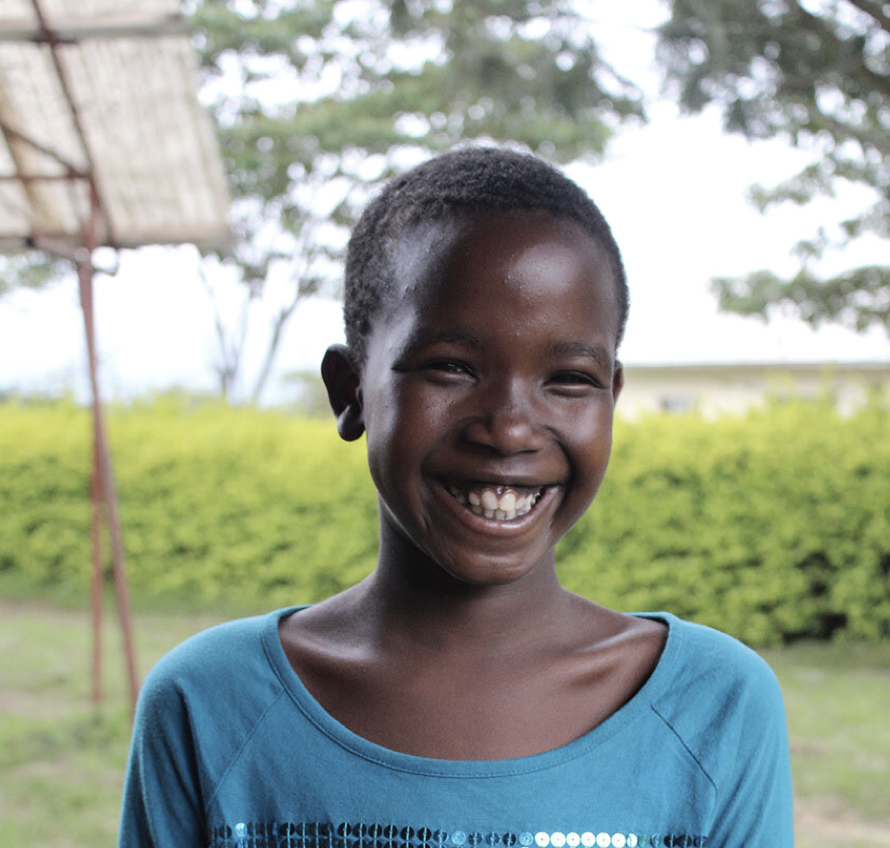My dear friend and mentor (in school design), Gyo Obata, died this month. He was 99.
Gyo with his son Max at a special exhibition of Chiura Obata (Gyo’s father) at the St. Louis Art Museum
I first met Gyo in the 70’s when Louise and I visited her family home in St. Louis, MO. Gyo’s wife, Courtney, was Louise’s best friend in town. I loved Courtney at first sight, and figured the man who married her must have something going for himself. How little I knew.
Though it seemed we always met at dinner parties during our visits, over time I realized that Gyo and I developed a continuous conversation revolving around sports (his tennis, my skiing and golf); spectator sports (his Rams and Cardinals, my Patriots and Red Sox); politics (he having experienced as an 18 year old the Japanese internment camps in California, me having quit the army over Vietnam); family (raising boys); wives (how to survive/n/thrive in a marriage with strong, creative, beautiful women); and architecture (me having designed a few houses and a planned village in Vermont and Gyo…well, just hit this link for a summary of his world renown designs).
So, when Louise, Alden (12), Chris (9), and I moved to St. Louis to live in 1992, Courtney and Gyo and Max (then 5, now an architect of considerable note in San Francisco) were our immediate best friends. Right away they introduced us at a family Labor Day party to all their good friends. To give you an idea of the intimate, gentle intensity of their friendship — by design, at that party, unbeknownst to me, they introduced me to the woman who would instigate my hiring as the head of The St. Michael School of Clayton. Two weeks after moving from my lifelong home in Vermont (on the heals of a year in Reggio Emilia, Italy), feeling more than a little stranded in the Midwest, they connected me with a job — a dream job it turned out — one that would lead to my professional connection with Gyo: school design.
Over the years living in St. Louis our families saw a lot of each other. We would host family “salons” with other families, for dinners followed by music and readings. We went on a week long ski trip to Taos, NM, that our sons still talk about. Gyo and I continued to get together over golf, walks, and lunch. We became good buds with lots of family context.
Cadwell Family Salon…Gyo in the foreground left, listening to Ross & John Curley singing
Sitting with Gyo on his Michigan summer deck…working on design ideas
Then, in 2008, Louise and I decided to launch Cadwell Collaborative and the first person I turned to for perspective was Gyo. I had ideas on school design that I’d developed over the past 25 years. Gyo became my sounding board and best critic. Over a two year period, with his guidance and the first hand support of his graphic arts team at HOK we composed a presentation on 21st Century School Design. Gyo was typically generous by accompanying me to the 2002 National Association of Independent Schools Annual Conference where we made our presentation to an audience of more than 100. Gyo, of course, was the main draw.
Using the presentation in different other venues we cast our 21st Century school design net around the country. Then in 2010 Gyo and I were commissioned by Butler University (Indianapolis, IN) and Dean Ena Shelley to design the renovation of a 1950’s classic Georgian style brick elementary school building into the new academic center of Butler University’s College of Education. I had known Dean Ena Shelley as she and Louise and I had consulted in several schools in Indianapolis using the Reggio Approach as the touchstone of our work (we also traveled to Reggio Emilia together for education conferences). She was the creative force behind the project.
For Gyo and me it was the perfect collaborative challenge…to transform a traditional building with segregated classrooms off dark, double loaded corridors into a light filled open plan that fostered the collaborative education approach that Dean Shelley espoused. After several meetings with Dean Shelley and her faculty and some of her students, Gyo and I composed the following thematic outline.
Gyo not only embraced these patterns, he would give them form — elegant and functional. I so remember our four hour drive from St. Louis to Indianapolis for our first meeting with Dean Shelley. I drove and we talked and Gyo sketched. In our meetings over the next two days I witnessed Gyo listen and observe like a man in a meditative state of concentration…each person received his undivided attention, and his gentle, astute questioning. I knew he was full of ideas, yet he was much more interested in what others were thinking and saying. He would resolve designs later, after he had all their points of view in his quiver.
Dean Shelley remembers that in the afternoon: we visited the headquarters of Lilly Pharmaceutical? I wanted to share with Gyo the beautiful documentation of the history of the company. As we walked together he listened and then at the end he told me he was so pleased with my comments as HOK had done it for Lilly! Then on the way back to campus, Mike Gardener, who was the Vice-President of Facilities at the time, commented on the new JW Marriott that was under construction. Again Gyo listened, then smiled and pointed to the sign with HOK as the architect! I think of Gyo every time I am at the Indianapolis airport which he designed too.
On our drive home, the second day, after a full morning of meetings, we talked the whole way and Gyo sketched…the whole way. Needless to say, two days later when Dean Shelley gave us the contract, we were ready to launch. In a remarkably short time (that included another trip with one of Gyo’s program development colleagues) we delivered the design development schemes. Throughout the process with Gyo I witnessed design genius in action.
I was not only intrigued with Gyo’s design sense, but, among other things, his focused competitive spirit that was married to a keen business sense (oh how he loved to shout at the TV screen or from his stadium seat when a Ram or a Cardinal made a misplay or a score!!!) .
I once asked Gyo about the early days of his practice at HOK…in the 50’s and 60’s.
Oh, that was hustle time, he replied with a grin. In those days we went after everything. It was a big time for new school construction. We would answer every call for proposals in the area. We had a tactic: we’d request to be last to go before the board on the evening agenda. Everyone else would want to be first. So, we usually got our request. We’d arrive at the end of their meeting…with a picnic basket…one of my partners was a gourmet cook. “Oh,” he’d say, “you all must be exhausted and hungry,” as he laid out his spread. “Here, have some of this while Gyo asks you a few questions about your project.” And then I would do just that…ask questions that would illicit from each board member their concerns and aspirations for the new school. Over food they would relax and give us an intimate portrait of their school and their community. Then, I would give them a brief outline of our design process that would check every box they just gave us. We designed a lot of schools!!! Gyo concluded with his signature full throated laugh.
Though in my first hand experience with Gyo at Butler University I did not supply the gourmet meal, I did witness his keen listening and questioning, especially with Dean Shelley. Periodically he would intersperse her thoughts with “possibilities” that would come to his mind…all a prelude for what he would create.
The red brick elementary school with Gyo’s stairway tower and community atrium.
Gyo’s community atrium
Atrium interior
Alas, regimes change. Just as our design development concluded, a new president at Butler came on board, and Dean Shelley’s plans were put on the back burner…and eventually redirected to an entirely different part of campus. Ena and I were sad, to say the least. Gyo was philosophical. He commiserated with us, Oh, you have no idea how many of my designs never got built. Besides, didn’t we have FUN!…followed by his full throated laugh. Dean Shelley rejoined, “Well it didn’t get built as you designed it, but the patterns we worked on and made manifest in your design will transfer well to whatever we do finally get to do."
Aye, ‘twas fun. And my life has been made so much richer by every experience I had with Gyo. The words of Brian Andreas resonate for me now:
I carry you with me into the world,
into the smell of the rain
and the words that dance between people
and for me, it will always be this way,
walking in the light,
remembering being alive together.
Gyo and Courtney Obata and John Curley

